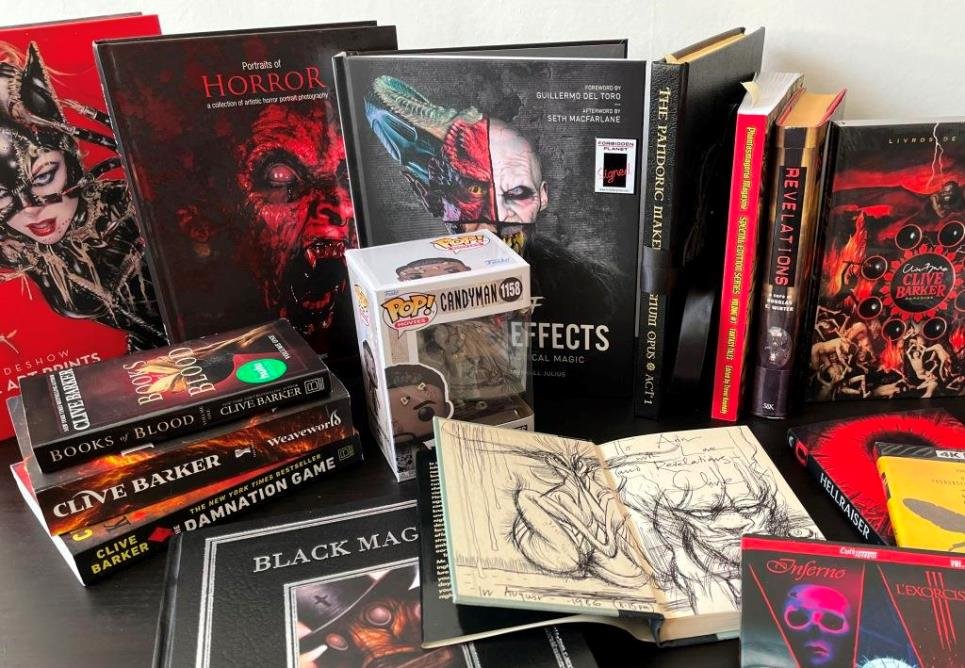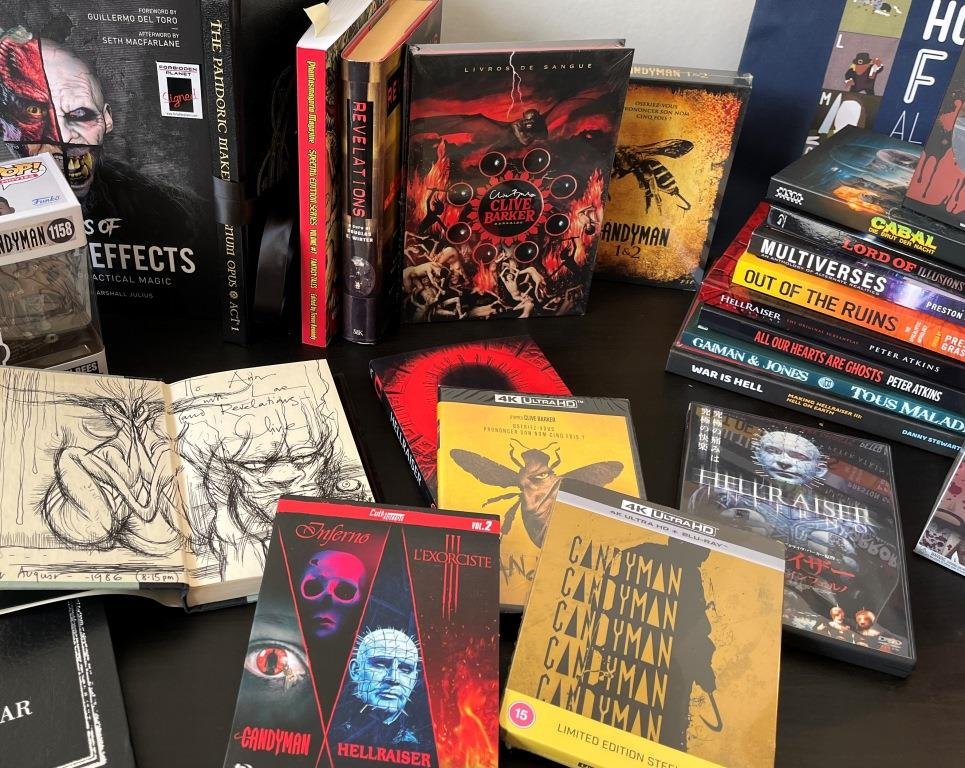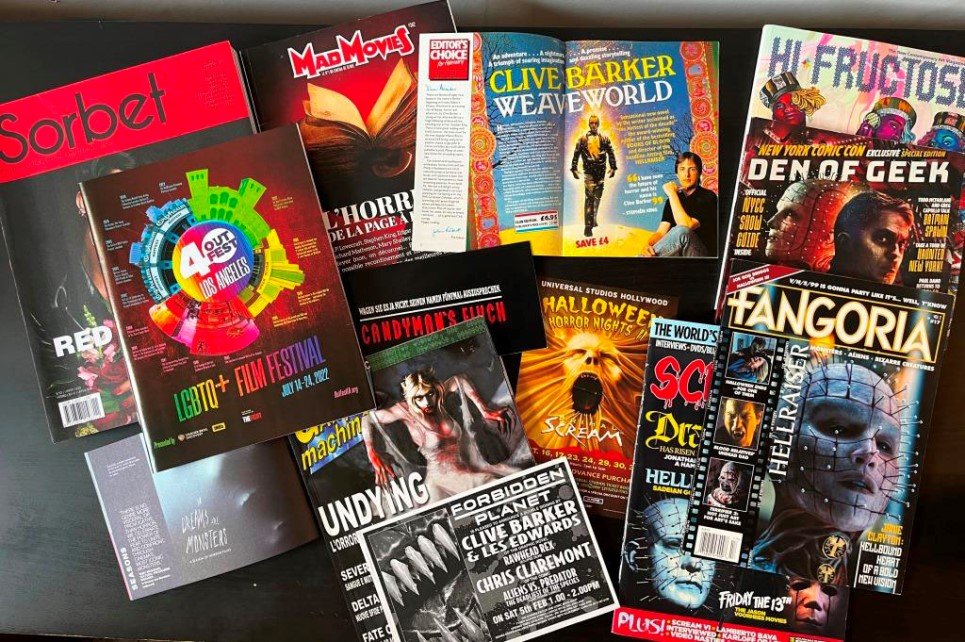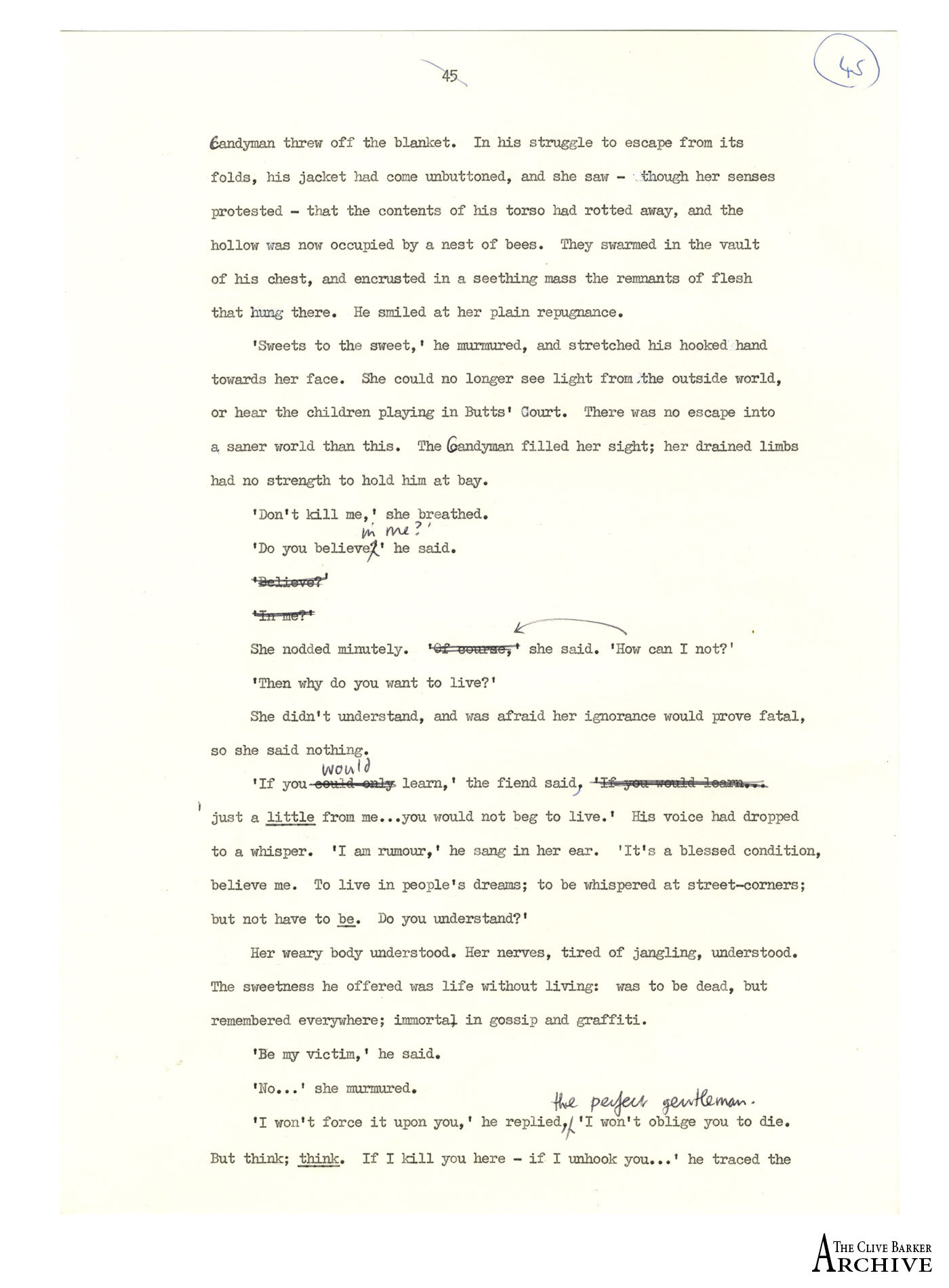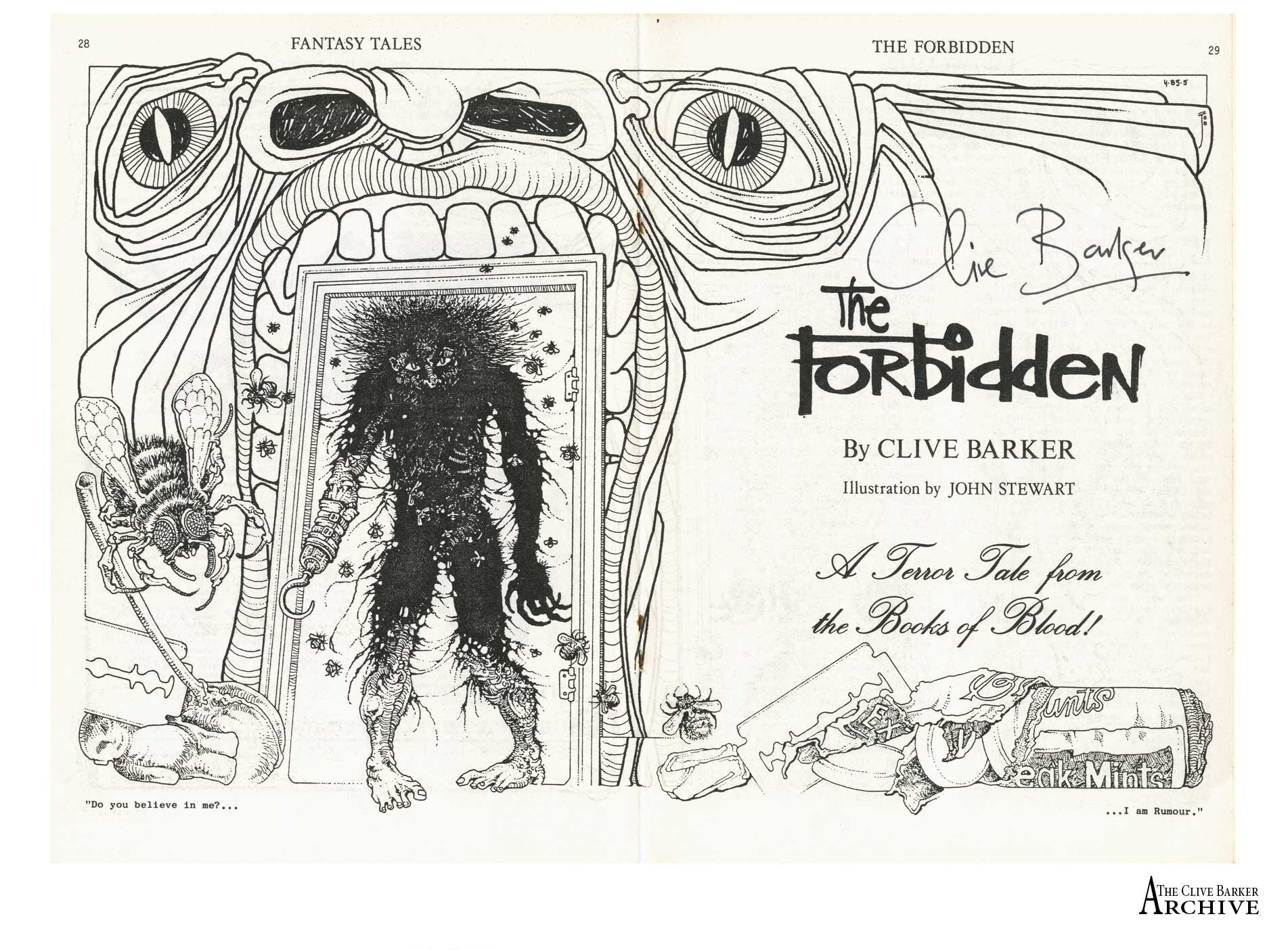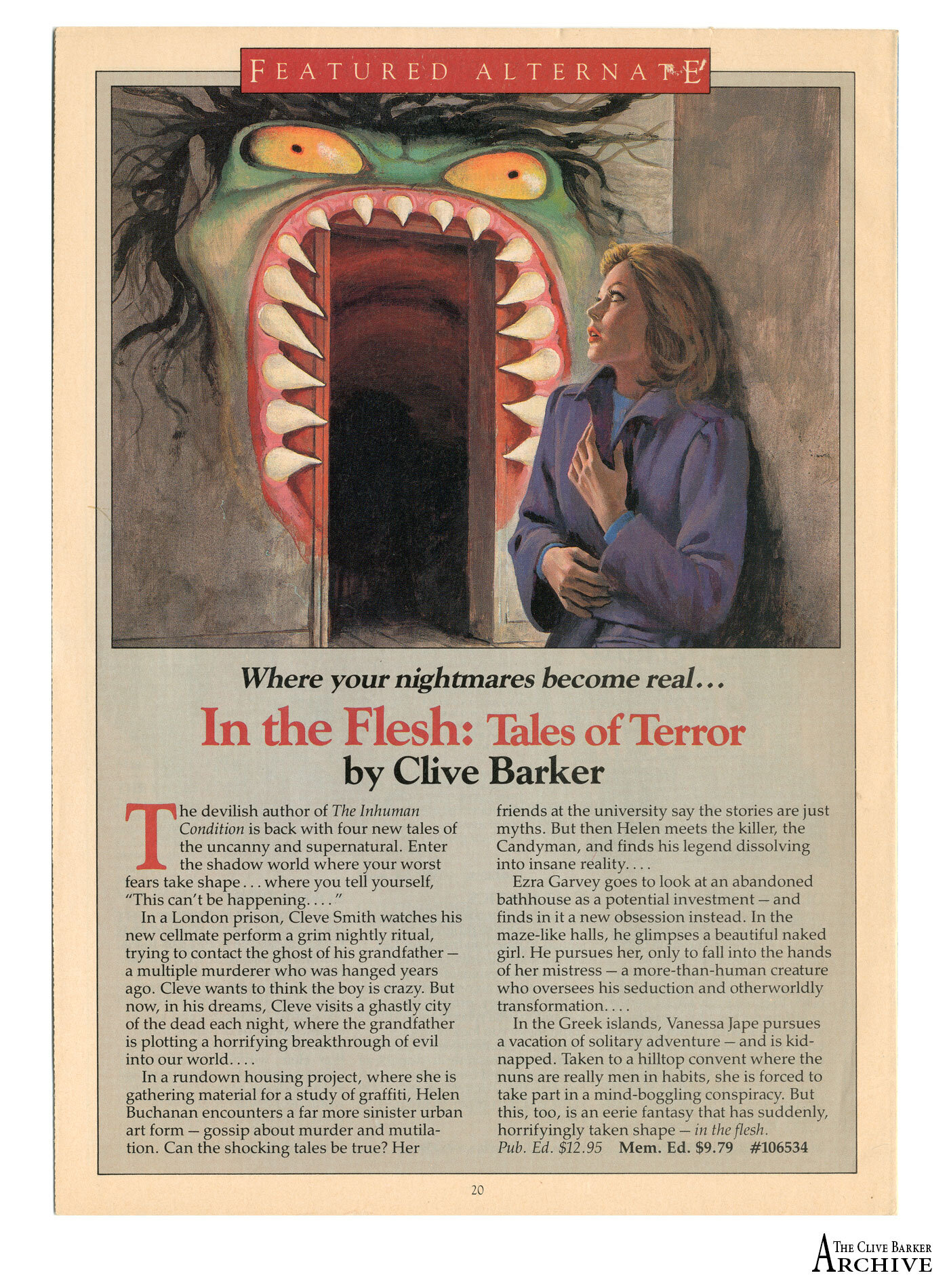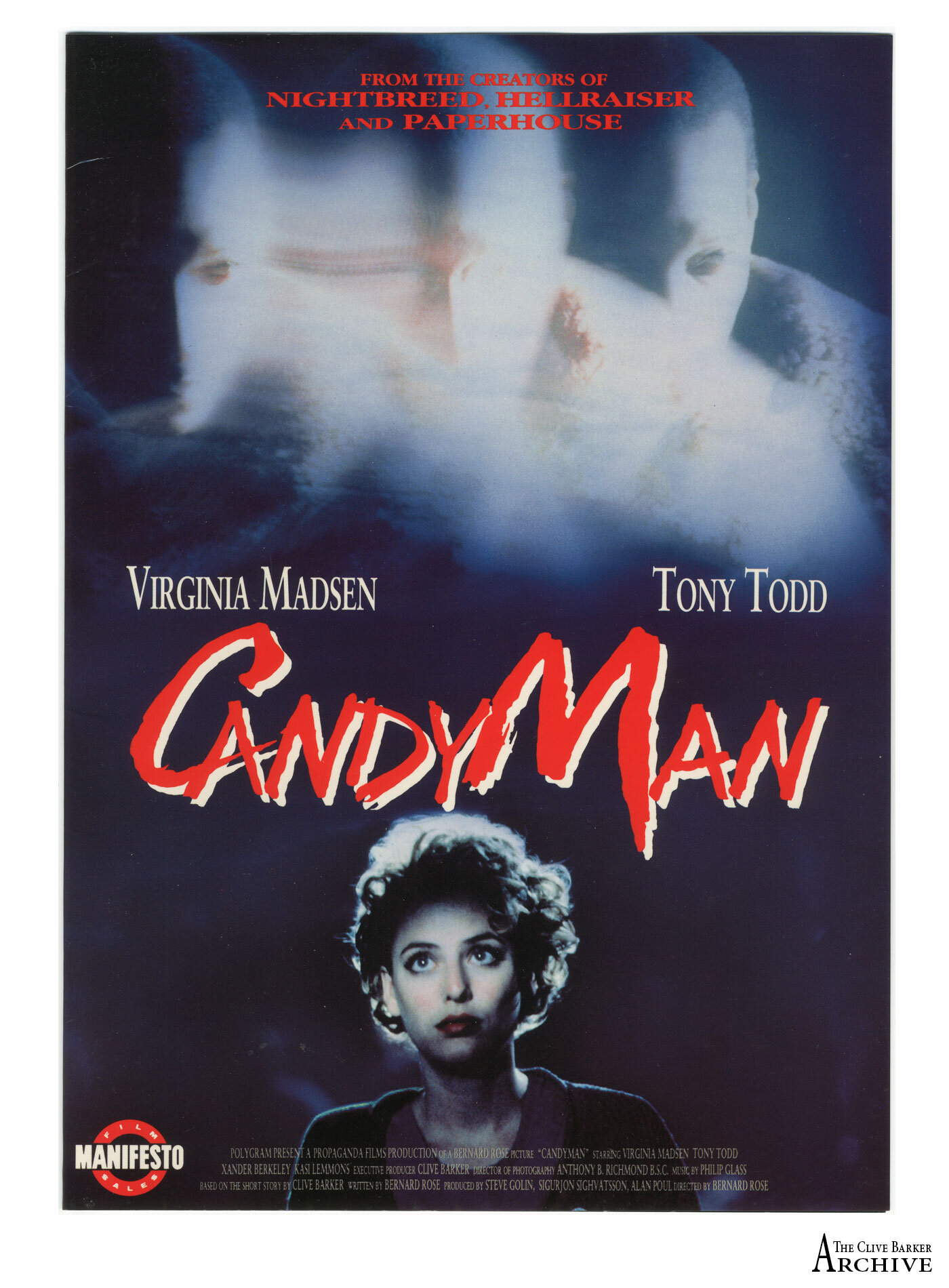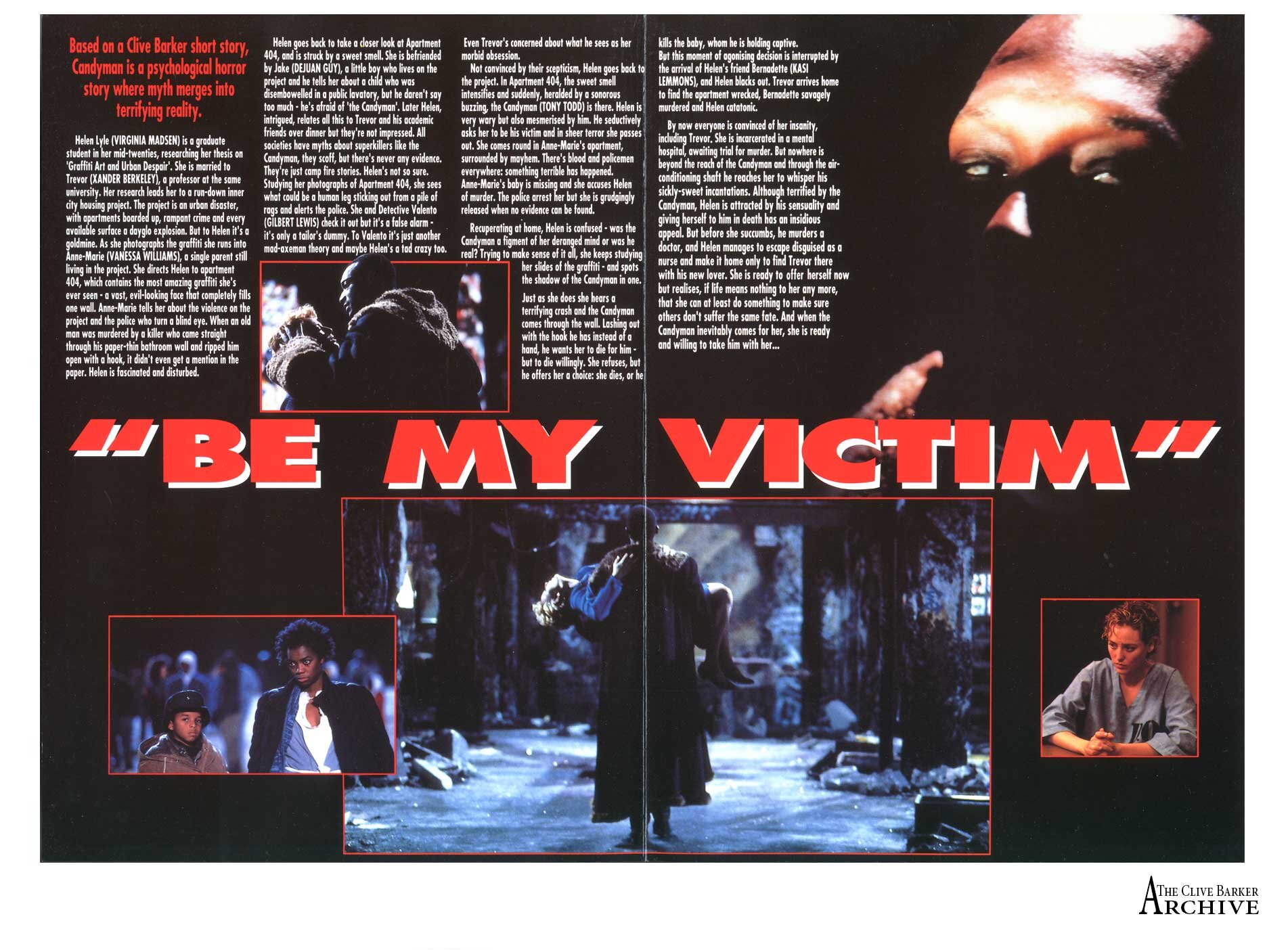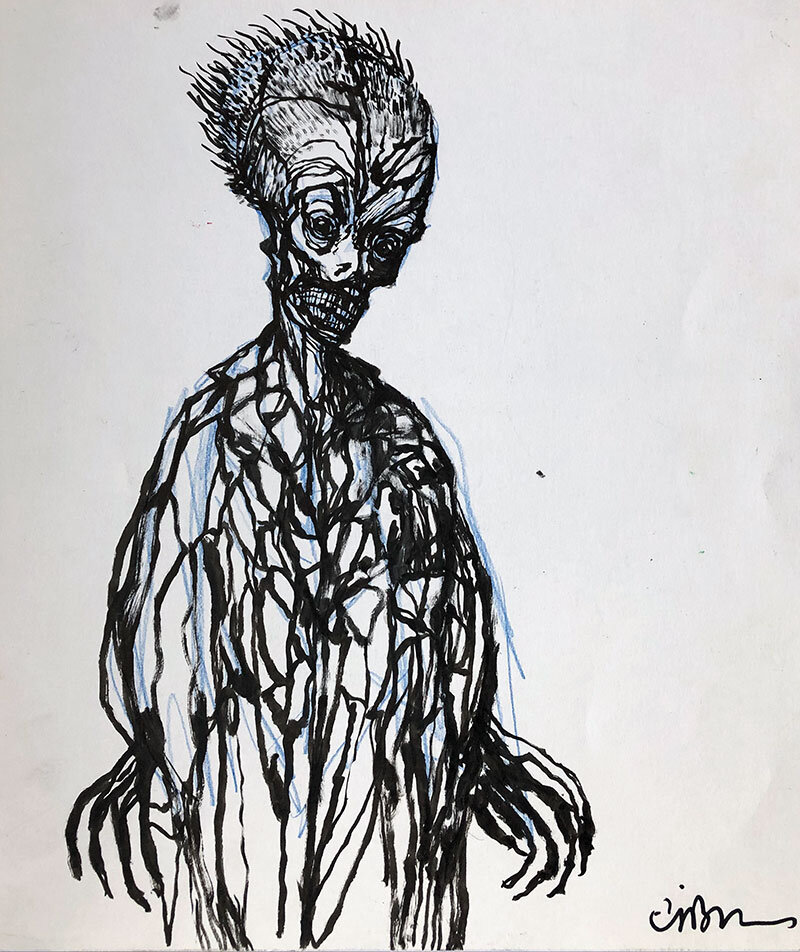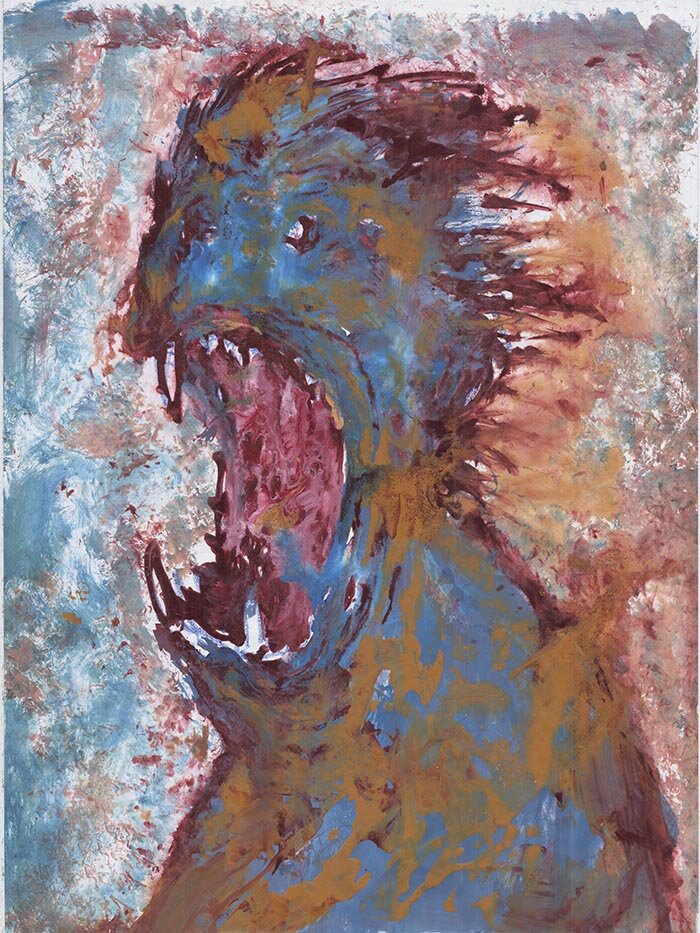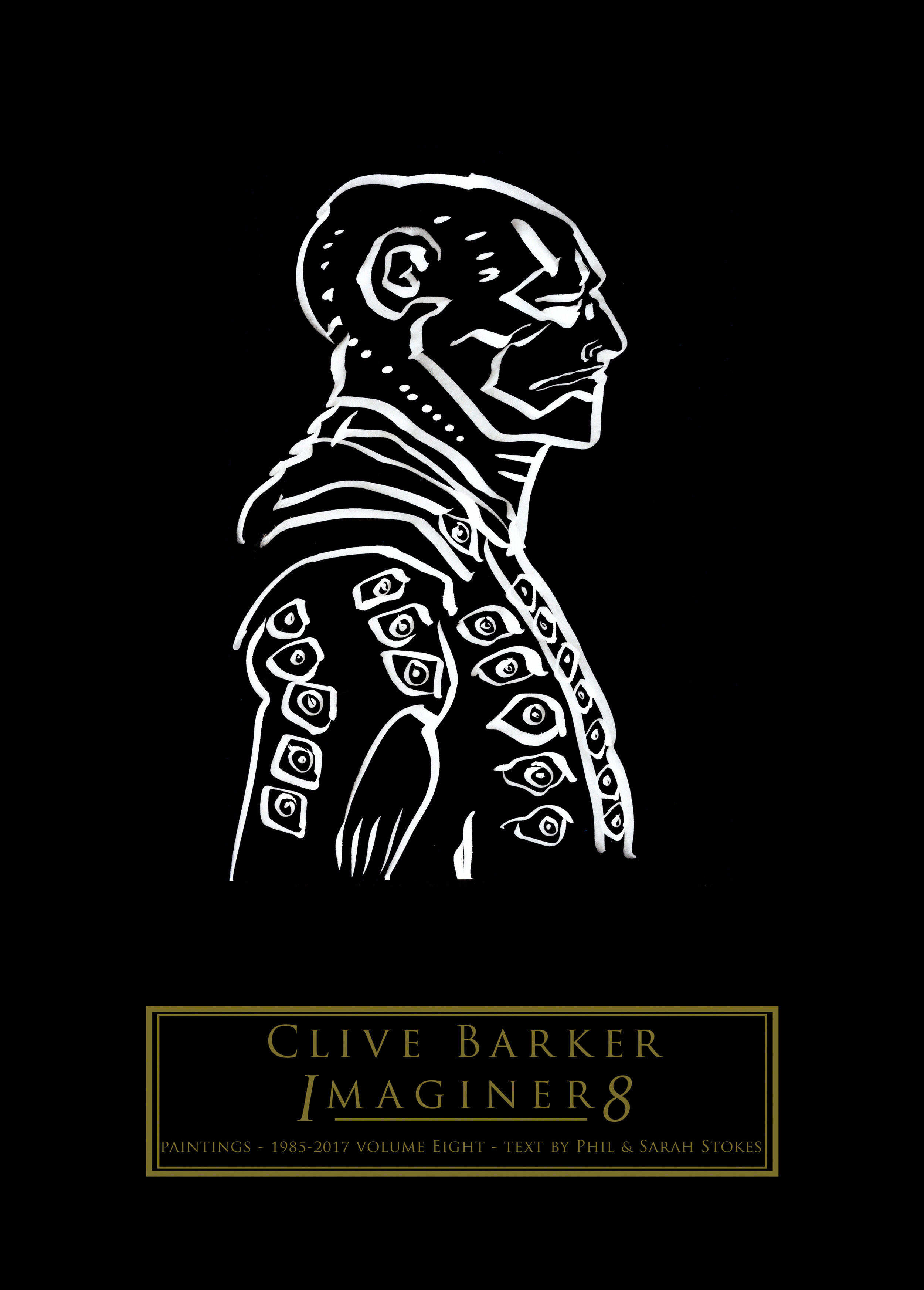Time for a catch-up on some of the latest things to find their way onto the archive shelves!
Spanning items dating from 1986 to 2023, the earliest here is an August ’86 sketch that Clive drew inside a copy of the US first edition of The Inhuman Condition. Other titles here by Clive include new US editions of Weaveworld and The Damnation Game, as well as the Hulu tie-in cover for Book of Blood volume 1.
Large glossy books include Sideshow’s Fine Art Prints, Volume 1 from 2020 (with the Hell Priestess by Ian MacDonald inside) and Rick Jones’s 2022 Portraits of Horror, which has a wealth of horror portrait photography. These sit alongside Howard Berger and Marshall Julius’s glorious Masters of Make-Up Effects from 2022, which draws back the curtain on a myriad of legends from big screen and small.
Clive noted in the 2012 art book by Chet Zar (who contributed a wonderful afterword to Imaginer volume 3) that his “extraordinary paintings open an elevator shaft that delivers us down into a world of the purest mystery and dread”.
In the back row are the 1999 Italian edition of Revelations (with Clive’s Chiliad), Phantasmagoria Press’s 2022 tribute to Fantasy Tales and we’ve happily laid hands on a copy of The Pandoric Maker’s Magnum Opus – with thanks to Eric Gross. Darkside Books in Brazil continues its fabulous run of hardback editions of The Books of Blood with this third volume from 2022 – with the other three scheduled to follow.
There are DVDs and Blu-rays of Candyman and Candyman 2 from France, Candyman and Hellraiser together (France), Nia DaCosta’s Candyman (France, and a UK steelbook), Hellraiser: Inferno (Japan), and Lord of Illusions and Cabal (Nightbreed) both from Germany.
Clive’s poetry is featured in Multiverses (2023), Out Of The Ruins (2021) and Sorbet Magazine (2019) while other people’s poetry is in the 2015 French edition of Now We Are Sick from Neil Gaiman and Stephen Jones. Peter Atkins features twice in the pile of books – with a copy of his new All Our Hearts Are Ghosts short story collection that he handed to us over a wonderful lunch together in Los Angeles earlier this year, alongside his Hellraiser: Bloodline screenplay from Encyclopocalypse (2022). Hellraiser: Hell On Earth is represented by Danny Stewart’s 2021 making of book, War Is Hell.
Two Funko Pop! Figures for the latest Candyman film sit alongside Suntup Editions’s lavish limited Imajica, and a bag with ‘H is for Hellraiser’ in the horror film alphabet.
In magazines, Hellraiser has had a swathe of recent coverage and Undying is also represented here on the cover of Italy’s Games Machine from 2001. Clive’s artwork is featured inside Hi-Fructose along with an interview we did for our 2022 release of Clive Barker’s Dark Worlds.
Ephemera includes (with thanks to Paul Doble) Weaveworld in a 1988 World Books Review, a flyer for a 1994 signing at Forbidden Planet in London, and a Universal Studios Halloween Horror Nights II flyer from 1998 featuring Clive’s Freakz maze. The German Candyman flyer was for press preview screenings in 1992. The Hulu Books of Blood image was used by Mad Movies in France in 2020 and there are two film festival brochures – for Clive introducing The Director’s Cut of Nightbreed at Outfest 40 in Los Angeles in 2022 and for our on-stage introductions of both Hellraiser and the Director’s Cut of Nightbreed at the BFI Southbank in London in 2022 in the In Dreams Are Monsters season.
More to follow!


